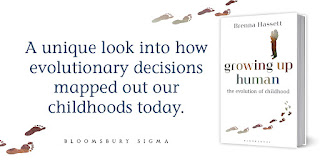Live dispatches from the Tooth Fairy
#update! day of archaeology site is having some problems, so the links have been temporarily removed...




originally posted by on JUNE 29, 2012 as part of the
This is reposted from here at Day of Archaeology 2012 - bigger and badder than last year! #dayofarch
So, now you know. The Tooth Fairy is an archaeologist.
Archaeologists get everywhere. Like sand. This also applies to jobs, so it’s not totally impossible that someone who specialises in the minute structures of teeth (see my previous post from DayofArch 2011) would end up in the overwhelmingly awesome Human Origins Research Group at the Natural History Museum, London.
For starters, this is an awesome place to work. Yesterday I found out that during WWII, the collections were evacuated to stately homes across the country to escape the Blitz… complete with associated researchers. And there’s a basement here that’s really a bomb shelter which was used by Churchill as a telephone exchange – part of the secret tunnels which run all under this area up to the Palace and War Rooms. Herman Hess apparently even spent a few nights in the Anthro Stores before his trial.
And today, on the Day of Archaeology, this particular Tooth Fairy is gearing up for more research than you can shake a stick at. In relation to the main project I work on at the NHM I’ve:

uwrapped my new camera toy;

eaten cake and discussed human origins/Euro2012; and

discovered a disturbing image mode setting on the new camera.
I’m also getting ready to go out to the field to look at the teeth of children who died in central Anatolia (Turkey) sometime between 10,500-8,500 years ago. These are the remains of subadults from the amazing site of Aşıklı Höyük, the earliest settlement of the Anatolian Plateau.

I’ll be looking at the microscopic records of growth captured on every tooth–perikymata–to see how these children lived and grew. Like tree-rings, the lines on the outside of our teeth give a lot of information on how we grew (here‘s a more in-depth explanation). It’s a way to find out about health and development in early childhood at the very beginning of human settlement. Were there lots of growth disruptions? Can we see records of illness that might suggest seasonal diseases related to shifting subsistence patterns? That tell us about birth spacing?
I’m excited to find out. Even if I will totally get green dental impression material all over my nice new lab coat. It’s the price you pay for science!
Anyway, my days are pretty varied, but you can certainly keep up with me @brennawalks, or follow @ah_arkeoloji for more on Aşıklı Höyük.
N.B. All opinions etc. are my own, and do not necessarily reflect those of my benevolent employer. Images under creative commons fair use.




Comments
Post a Comment